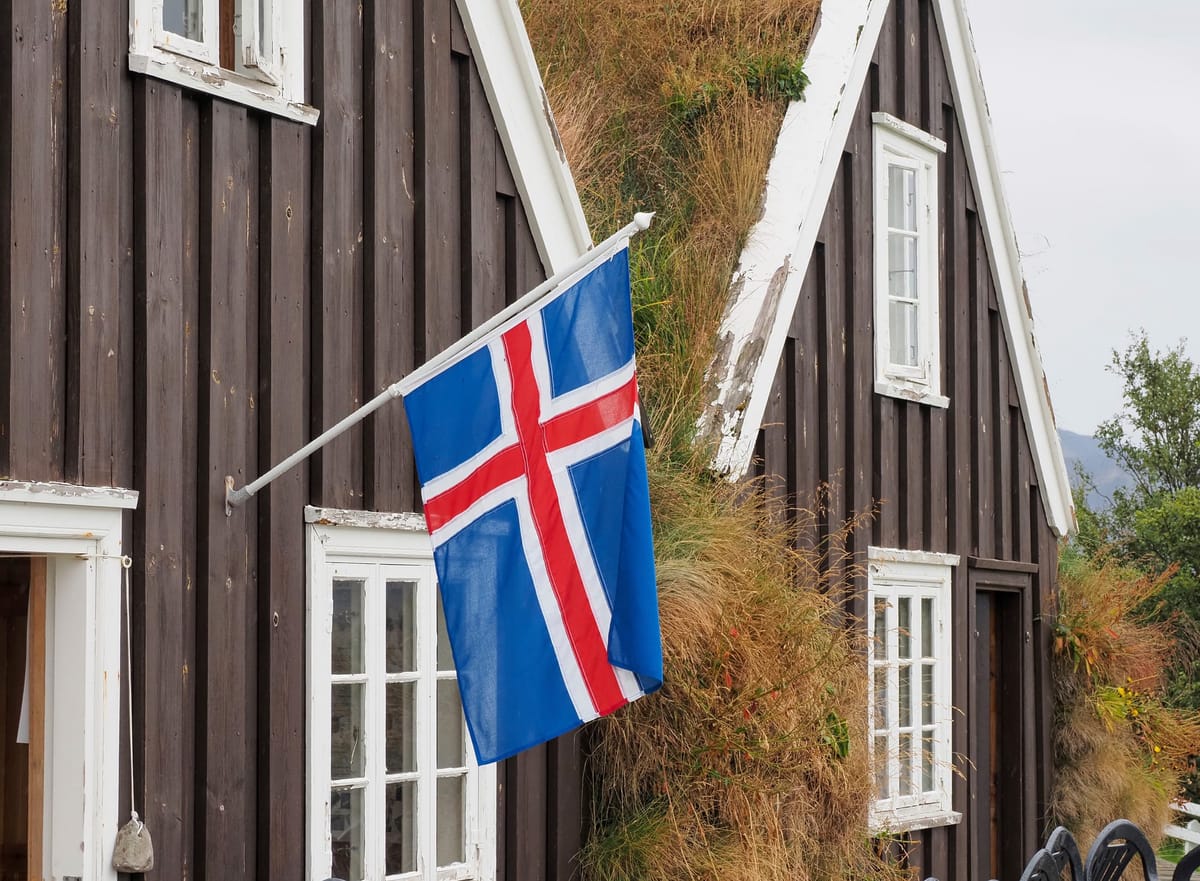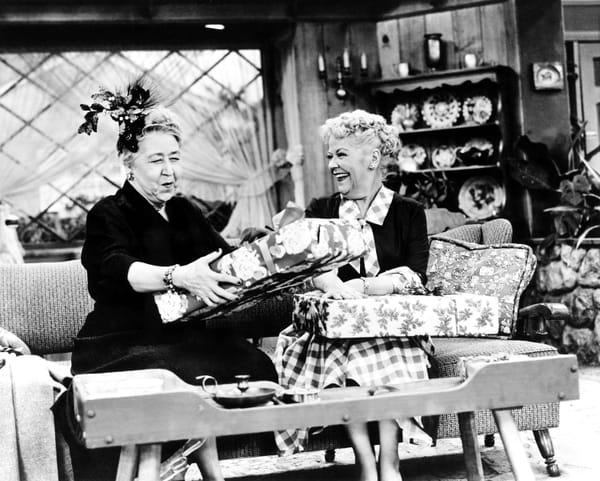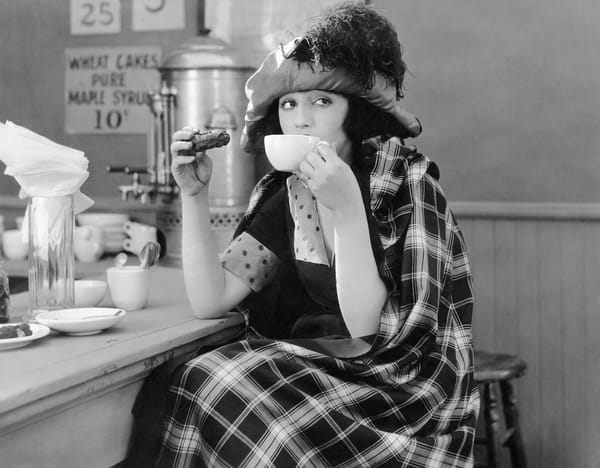50 Years Ago, Icelandic Women Went on Strike. It Changed Everything.
They stopped cleaning and cooking; they stopped doing laundry and they stopped looking after their children. They’d had enough.

Half a century ago this week, the women of Iceland said no.
Specifically, they said no to work—all work. On the morning of October 24, 1975, 90% of women in the tiny country (population approximately 200,000 at the time) went on strike. They stopped cleaning and cooking; they stopped doing laundry and they stopped looking after their children. They’d had enough. Schools closed, flights were grounded, the telephone system shut down, and men had to either stay home or take their kids to work.
The sudden work stoppage—which dramatically called attention to the women’s demand for equal pay for paid work as well as for recognition for unpaid labor—reverberated around the world. It instantly catapulted Iceland to the forefront of women’s fight for gender equality. And in some ways the Nordic island has been at that forefront ever since. Today, for example, it has the smallest gender pay gap in the world, with some of the world’s toughest equal pay laws.
The Redstockings
The idea of a women’s strike—the so-called “day off”—took hold thanks to the Icelandic feminist group calling itself the Redstockings. It was named thus after a feminist Danish group called Rødstrømperne marched down the main street in Copenhagen in red stockings in 1970. The Icelandic group wanted to use 1975’s designation as a U.N. “Women’s Year” to protest the gender pay gap. Although Iceland had been one of the first countries to give women the vote in 1915, the Redstockings felt that progress had faltered, with women making up only 5% of the country’s parliamentarians at the time.
The group’s goal was simple: To demonstrate how much Iceland needed its women and secure equal treatment. But more conservative feminist voices opposed the idea, and a compromise was reached: Rather than calling it a strike, they agreed on the term kvennafri, or “day off.”
In any event, Iceland’s “day off” proved to be more impactful than anyone expected. An estimated 30,000 women, or 90% of the female population, took part in the movement, walking out of their homes and workplaces to march through the streets of Reykjavik carrying banners and singing feminist songs.
“It was like a wave,” Kristín Ástgeirsdóttir, then a 22-year-old history student at the University of Iceland, told Britain’s Metro newspaper in 2023. “Women would ask each other, ‘are you going?’ at work or on the street. The word spread. On the day, around 2 p.m., we started streaming down the streets to this meeting. To see all those women, to feel the energy, it was fantastic.”
And it worked. The following year, Iceland passed its first gender equality law. Then, five years after that, in the summer of 1980, Vigdís Finnbogadóttir, a divorced single mother, won Iceland's presidency. A mere 5% of members of the Icelandic parliament were women at that time. Her presidency wouldn’t have been possible, she said in a 2019 interview, had it not been for that historic strike of 1975. By 1983 women made up 15% of parliamentarians.
Vigdís (it’s common in Iceland to refer to people by their first names in even formal settings) was Europe's first female president, and the first woman in the world to be democratically elected as a head of state.
She used her time in office to further advocate for women’s rights, education and environmental causes and, no doubt, to inspire other women to run for office, too. As of the end of 2024, 49 United Nations member states had had one female leader over the previous seven decades. Another 18 countries had had two female leaders, nine countries had had three female leaders, and two countries—Finland and, yes, Iceland—had been headed by four different female leaders.
The cultural shift that occurred in Iceland during the second half of the 1970s was so powerful that many children born in the country after 1975 associated women in leadership positions over men. According to the BBC, when Ronald Reagan was elected U.S. president in 1980, a small boy in Iceland was gobsmacked. “He can’t be a president!” he reportedly exclaimed to his mother upon seeing the news. “He’s a man!”
The Fight’s Not Over
And now 50 years on, Iceland is doing it again. And it’s not just the women this time.
Some 60 organizations—representing feminist groups, trade unions, disability rights activists and the LGBTQ+ community—are planning to strike in Iceland this Friday with events happening across two days. Their rallying cry? “We'll show up until we don't have to anymore.”
“We will gather and draw inspiration from the women and queer people who paved the way,” the organizers wrote in a statement. “We are going to change society together. For us, for women and queer people, for the future. Nothing can stop us.”
It’s unclear whether Vigdís Finnbogadóttir, now aged 95, will attend the strike. The spirit of her legacy, however, will no doubt be very present.






